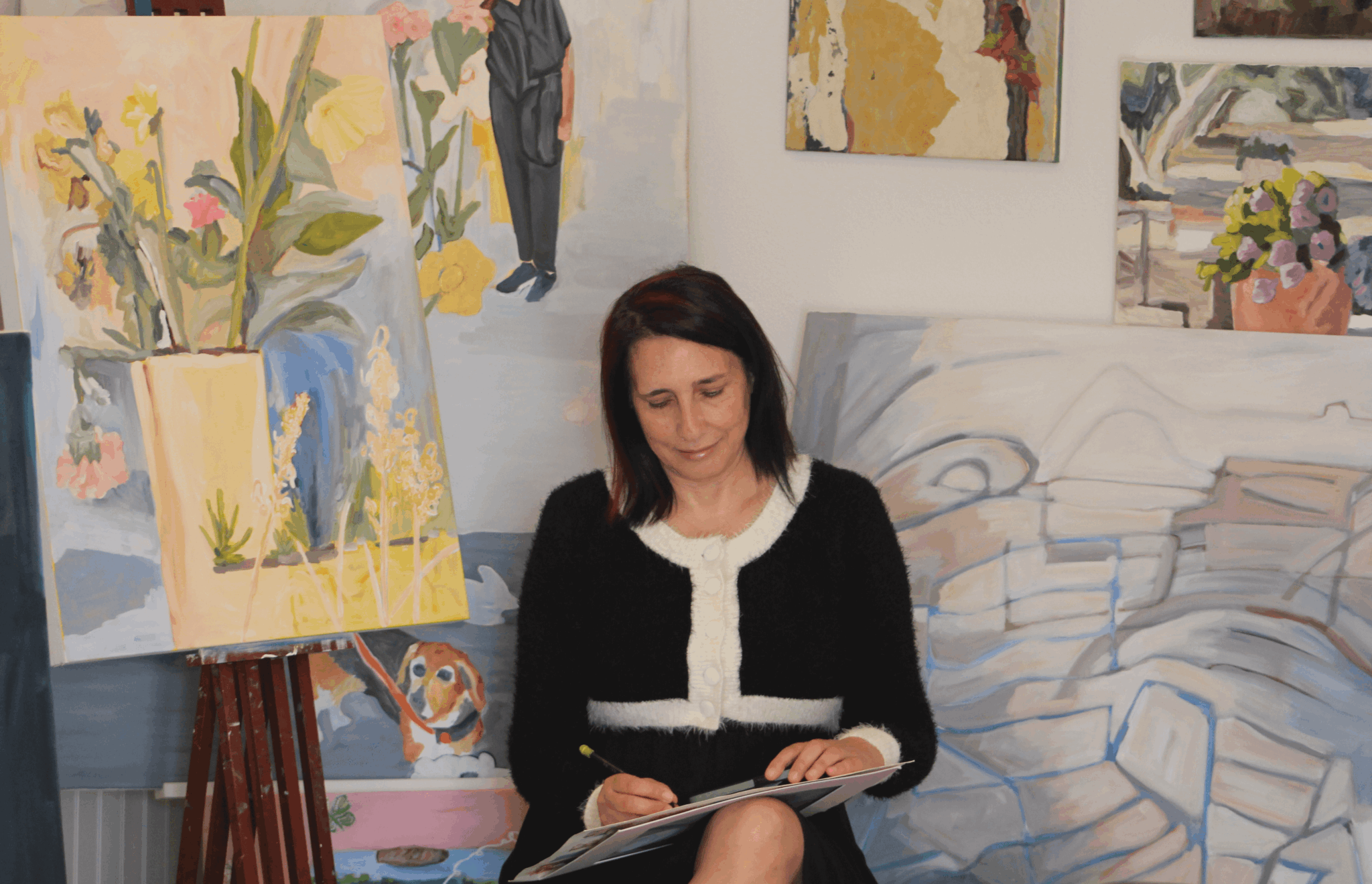Alright – so today we’ve got the honor of introducing you to Nada Fakhreddine. We think you’ll enjoy our conversation, we’ve shared it below.
Nada, thanks for taking the time to share your stories with us today If you could go back in time do you wish you had started your creative career sooner or later?
I wish I had started my creative career sooner.
I’ve always had a passion for art, but for a long time, I thought it would remain a hobby rather
than evolve into a career. During my undergraduate studies, I majored in journalism, not art. At
the time, I was more focused on writing about cultural subjects than creating art myself. I saw
myself drawn to many creative fields such as film production, fashion, literature, and more. This
wide interest led me into cultural journalism, where I wrote about artistic and cultural topics,
interviewed artists and writers, and fueled my artistic curiosity through my work.
However, I hadn’t yet turned that curiosity inward. I wasn’t actively practicing or pursuing my
own creative potential. Over the years, my relationship with art began to shift. I realized that my
creative drive wasn’t something I could keep in the background, it was central to how I think,
express myself, and ultimately, how I want to live and work.
That realization led me to return to school to study visual art, eventually earning a degree in
visual art and a master’s in fine art. Looking back, I wish I had taken that path sooner. Starting
earlier would have given me more time to gain experience, explore creative disciplines, and
refine my artistic voice. It would have helped me build a stronger technical foundation and foster
deeper connections in the creative world. Opportunities such as exhibiting in galleries or
collaborating with other artists might have come earlier and grown more steadily.
Still, beginning later came with its own benefits. I brought with me a broader perspective, a
deeper sense of purpose, and a maturity that shaped how I approached my studies and my
work. Choosing a creative path ultimately transformed how I view my career, not just as a job,
but as a lifestyle.
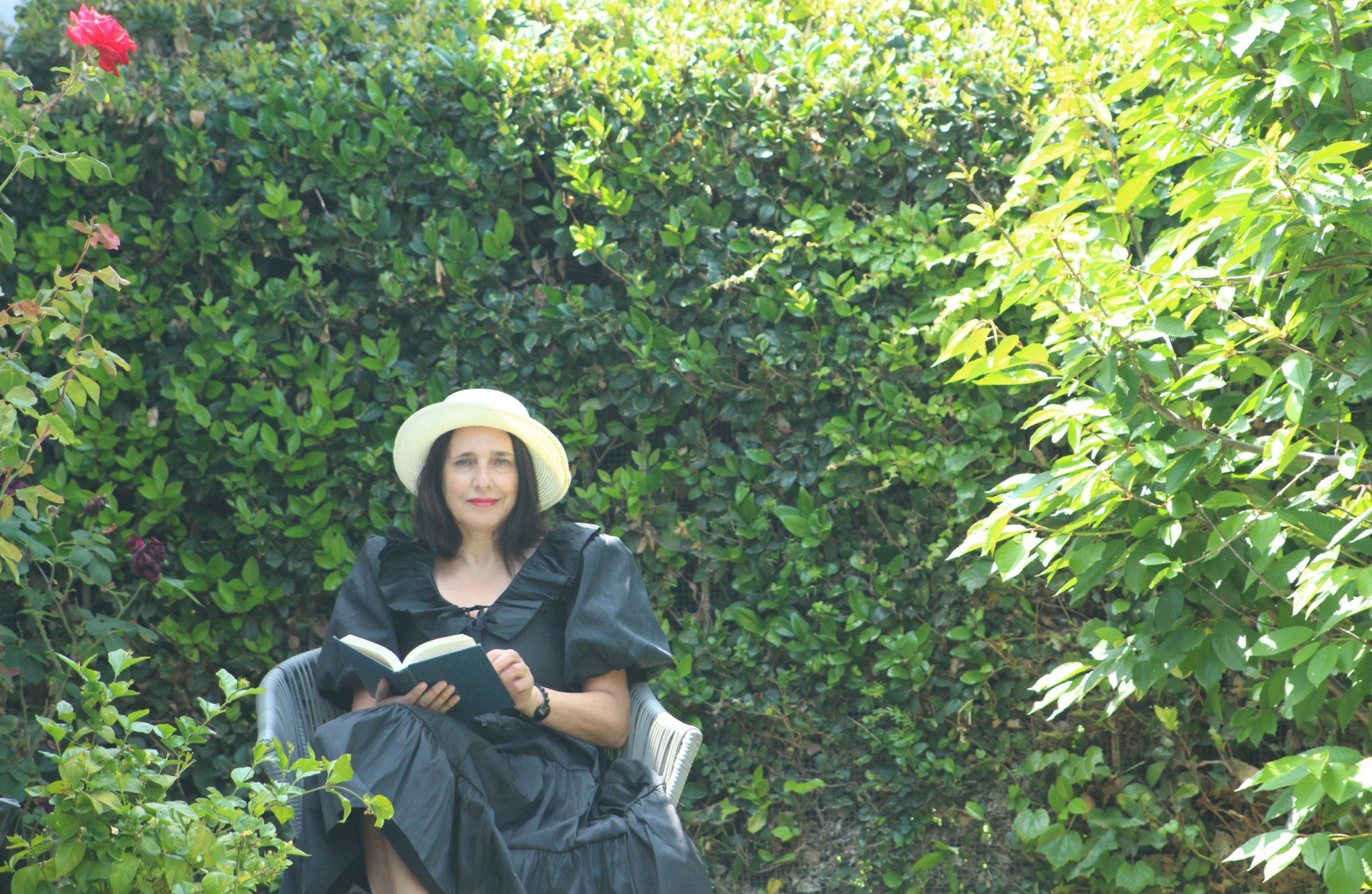
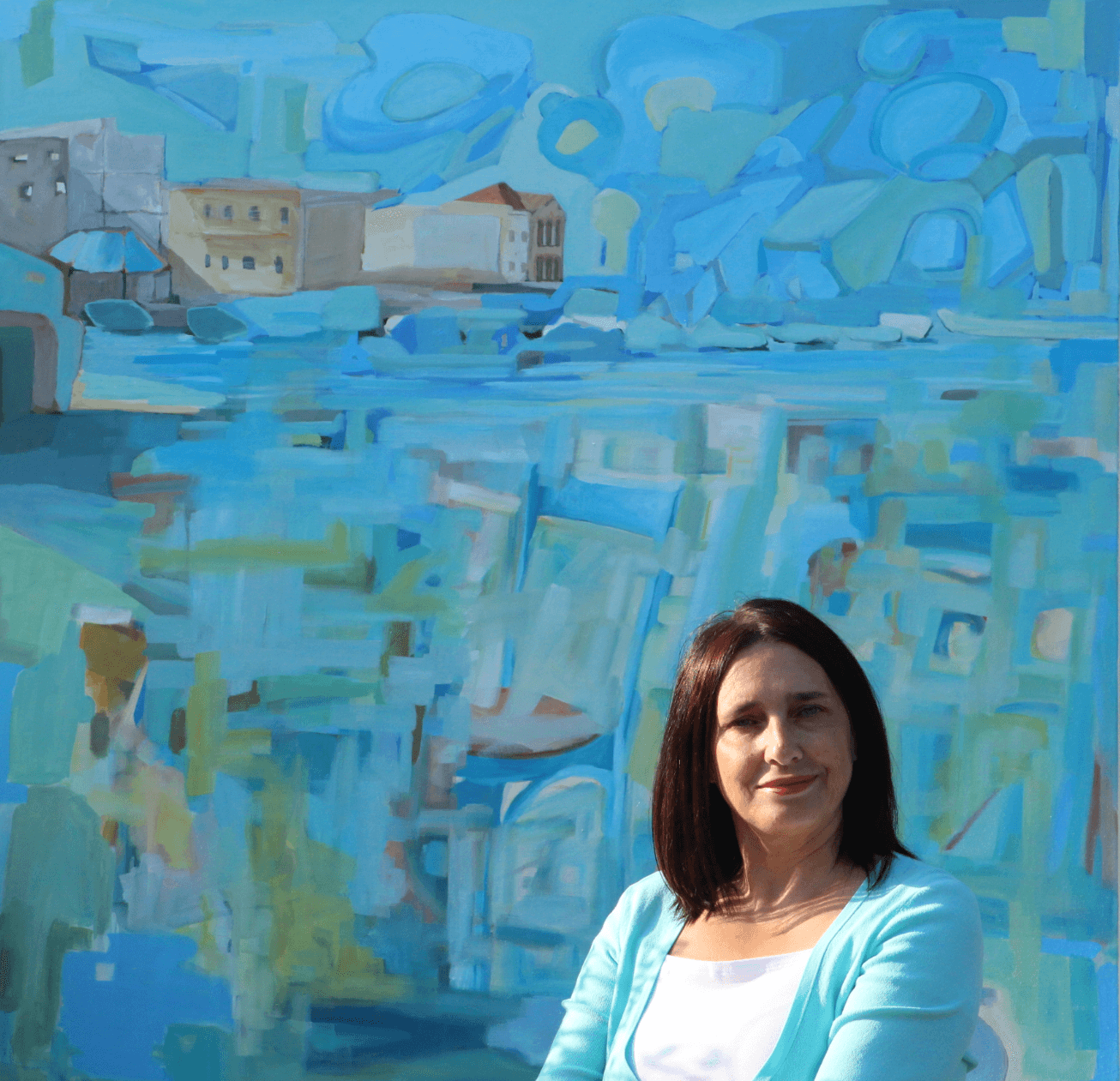
Great, appreciate you sharing that with us. Before we ask you to share more of your insights, can you take a moment to introduce yourself and how you got to where you are today to our readers.
How I got into art?. Drawing has been part of my life for as long as I can remember. As a child, I
loved sketching faces in pencil and using chalk to draw on the walls of our home. Painting,
however, came to me later. After having children, I wanted them to explore their creativity, so I
enrolled them in art classes. While accompanying them, I started painting alongside them, and
in doing so, I rediscovered a long-lost passion.
That renewed interest led me to take painting classes in college, which eventually led me to
pursue a degree in visual arts. From that point on, I made art a daily practice. After several
years of dedicated work, I decided to pursue a long-postponed dream: graduate school, where I
completed my Master’s degree in Art at Claremont Graduate University in California.
When I first began painting, my very first artwork was a portrait of my daughter. I was drawn to
oil paint and quickly fell in love with its richness and versatility, working in that medium for
several years. Over time, I transitioned to acrylic, which has become my primary medium ever
since. I work exclusively from photographs I take myself, including images of my figure. My work
blends figurative elements with abstract compositions. The figures are based on real images,
but the settings and arrangements come entirely from imagination.
One of my visual signatures is portraying figures from angles that obscure their faces. This
choice is intentional, meant to evoke introspection and to keep the figure’s identity ambiguous,
allowing them to represent anyone. I see these figures as existing in the shadow of their own
creativity, a theme I often return to. Creativity itself is a central motif in my art, which I often
symbolize through the presence of flowers. For me, flowers represent growth, flourishing, and
the blooming of thoughts.
In my recent works, this exploration of creativity has become even more focused. Two of my
solo exhibitions, Moments of Bloom and Chasing Blossoms, reflect this theme directly. These
exhibitions examine the pursuit of inspiration and the ongoing search for ideas.
Blossoms in this context become metaphors for those vivid moments of artistic clarity, the
moment of bloom when a concept finally takes shape.
To create these spaces, where memory, nature, and imagination intersect, I blur boundaries
between interior and exterior, figure and object. Much of my inspiration comes from two sources:
gardens and books. I often intertwine these elements, allowing them to shift and merge. A
garden becomes a metaphorical space for creativity. Whereas a library, or any space filled with books,
feels to me like a true garden of ideas. Reading fuels my creative process by expanding my imagination
and helping me translate thought into expression.
I want my followers to know that I write fiction, particularly short stories, and this narrative
practice has a strong influence on my art. I approach painting in much the same way I approach
storytelling. Working in series is similar to writing a collection of short stories: each series can
stand on its own, yet together they reflect a broader theme or emotional journey. Sometimes, a
series feels completely separate from my previous work, just as a new story may explore a very
different world from the last.
What I’m most proud of is the emotional impact my art has on viewers. It’s especially rewarding
when people tell me that my paintings reveal delicate, sensitive feelings, when they respond not
just to what they see, but to what they feel. I often hear that my work carries quiet tenderness
that invites reflection. I think what sets my art apart is my ability to express that depth through
subtle, sometimes spontaneous details that are not planned, but emerge naturally in the
process. I believe these small, intuitive touches give my paintings their distinct voice.
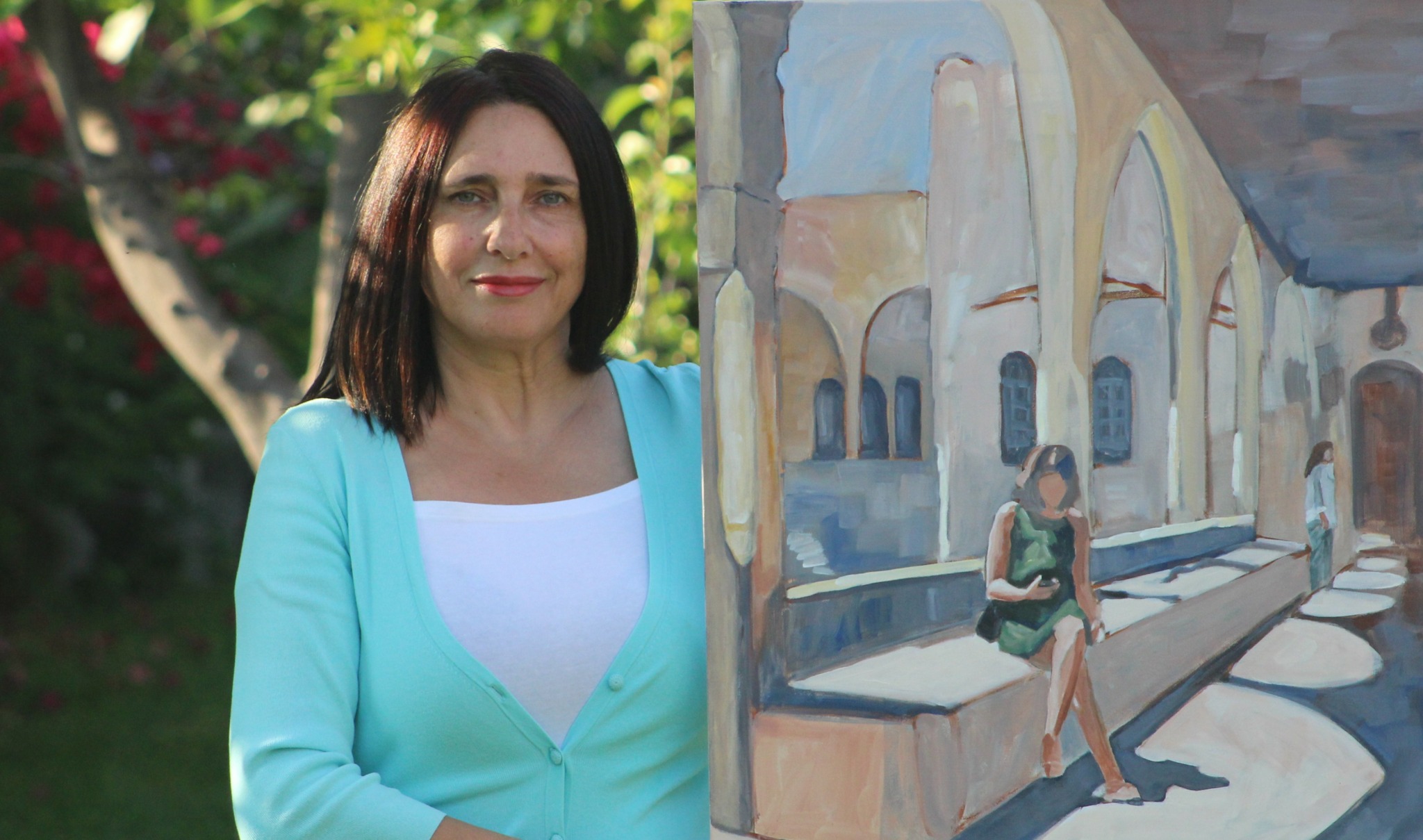

What’s the most rewarding aspect of being a creative in your experience?
The most rewarding aspect of being an artist isn’t just one thing; it’s many.
To begin with, the most direct and simple reward: art brings enjoyment and fun to my life. I
genuinely love the creative process.
The act of creating is soothing and uplifting; it beautifies and softens what is otherwise harsh or
unpleasant things in life around us.
On a deeper level, being an artist provides me with the tools and means to construct a desired
reality, a space that is both imaginatively conceived and personally fulfilling. Art allows me to
evoke emotions, shape experiences, and create meaning in relation to the world. In this sense,
it becomes a form of power: a way to shape my interaction with life, to reflect my inner truth, and
to live in a way that feels authentic and meaningful. It helps me understand and build a lifestyle
that expresses who I am at a deep level.
Another rewarding aspect is being part of the artistic community. There’s something
incredibly enriching about the intellectual and creative exchange between artists and others
involved in art. Whether it’s through sharing perspectives or engaging in lively dialogue that
sparks new ideas, these interactions create a stimulating environment that inspires future work.
It’s a dynamic space that encourages curiosity, dialogue, and creative growth.
So, the rewards of being an artist go beyond the act of creating. Art enables the artist to shape a
way of life they long to live, one that is authentic, fulfilling, and personally meaningful. In doing
so, it redefines their lifestyle into something more unique and reflective of who they are.


Are there any books, videos, essays or other resources that have significantly impacted your management and entrepreneurial thinking and philosophy?
There isn’t a particular book that has had the most influence on its own; books in general have had a significant impact on my thinking and philosophy, especially with my art and creative life. Reading is a major source of inspiration for my artistic practice, and I draw inspiration from a wide range of genres. Among them, I’m particularly drawn to autobiographies, especially those written by artists and writers. Autobiographies authored by the individuals themselves hold a special kind of value for me. There is something deeply different and powerful about a life story told by the person who lived it, rather than by someone else.
The voice of the autobiographer, when writing about their own life, feels more sincere and emotionally resonant. What fascinates me most in this kind of writing isn’t just the narrative of their life, but how they see and interpret things around them. Their reflections, even on small, seemingly simple details, can be incredibly rich and thought-provoking. These narrations make me pause, contemplate, and think both deeply and creatively. This kind of contemplation is essential for me; it often marks the beginning of a new artistic project.
At the moment, I’m working on a project that combines visual art and fiction. Its concept emerged in exactly this way, sparked by reading several books on different topics. These readings stirred a wide range of thoughts and ideas, which I began connecting to elements from my own life. Eventually, this led to the formation of a creative concept centered around fictional characters I invented to tell a series of short stories. From those stories, the idea for a series of paintings emerged, each representing one of these characters, figures who work in less common professions and careers.
That’s why reading about personal experiences – especially when they include reflections and observations on life from the perspective of the person who lived them – always moves me to reflect more deeply on my own life. These kinds of books often prompt me to ask important questions and sometimes even reshape my perspective on my creative work.
Contact Info:
- Website: https://www.nadafakhreddine.com/
- Instagram: @oilandacrylic

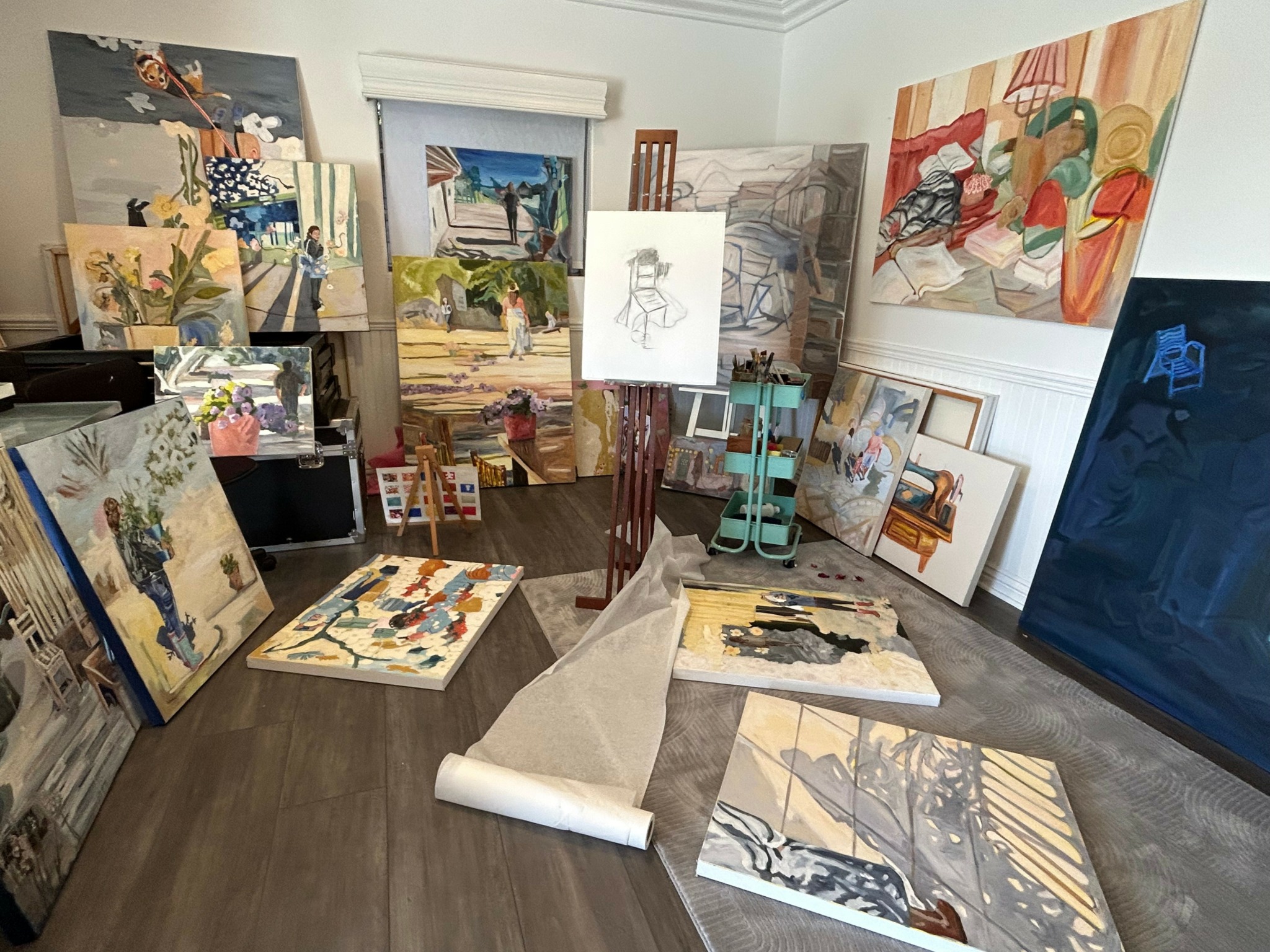
Image Credits
images 4 and 5 of the two paintings are taken by: Ming Chen. mingchenart.com


